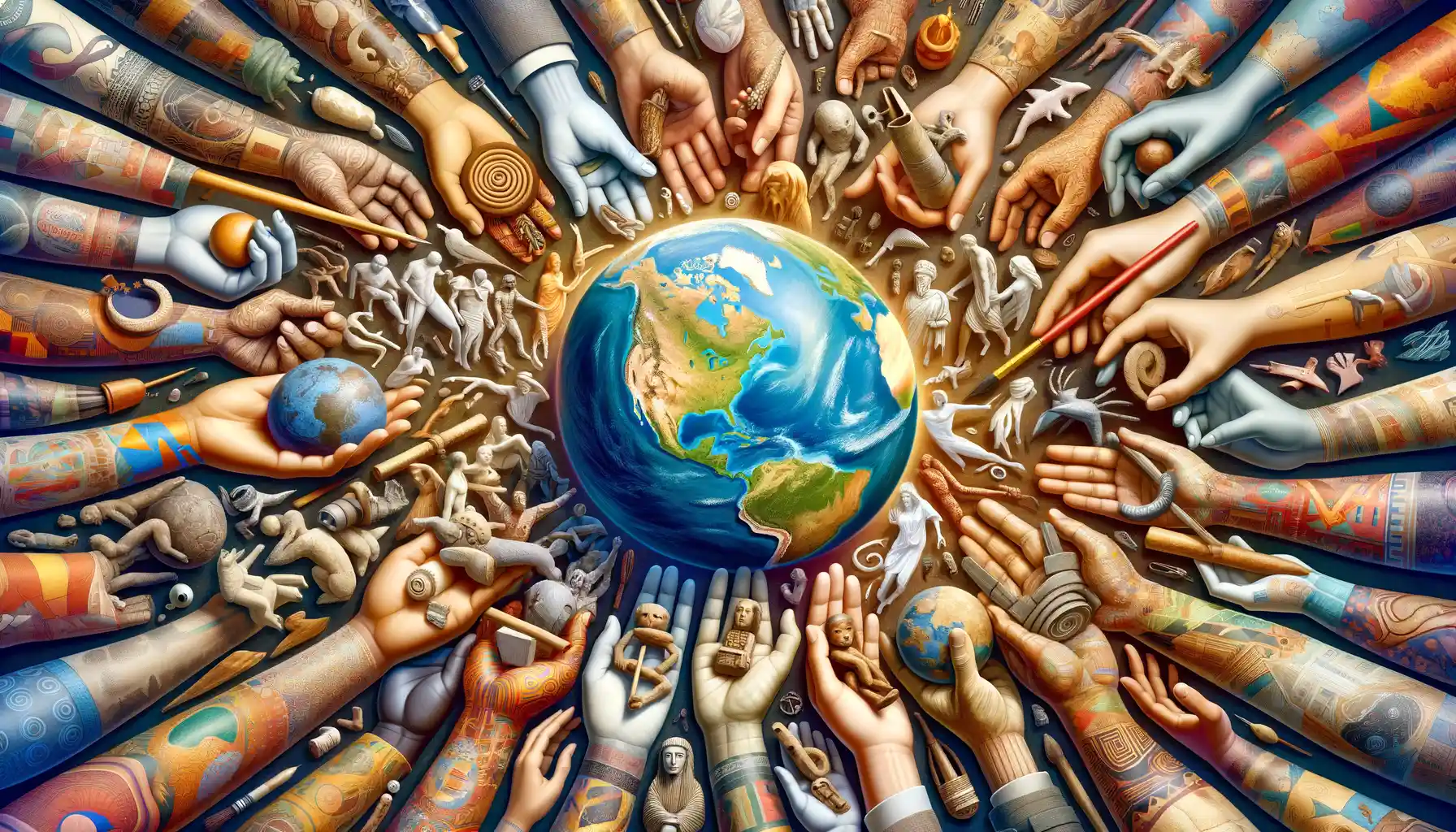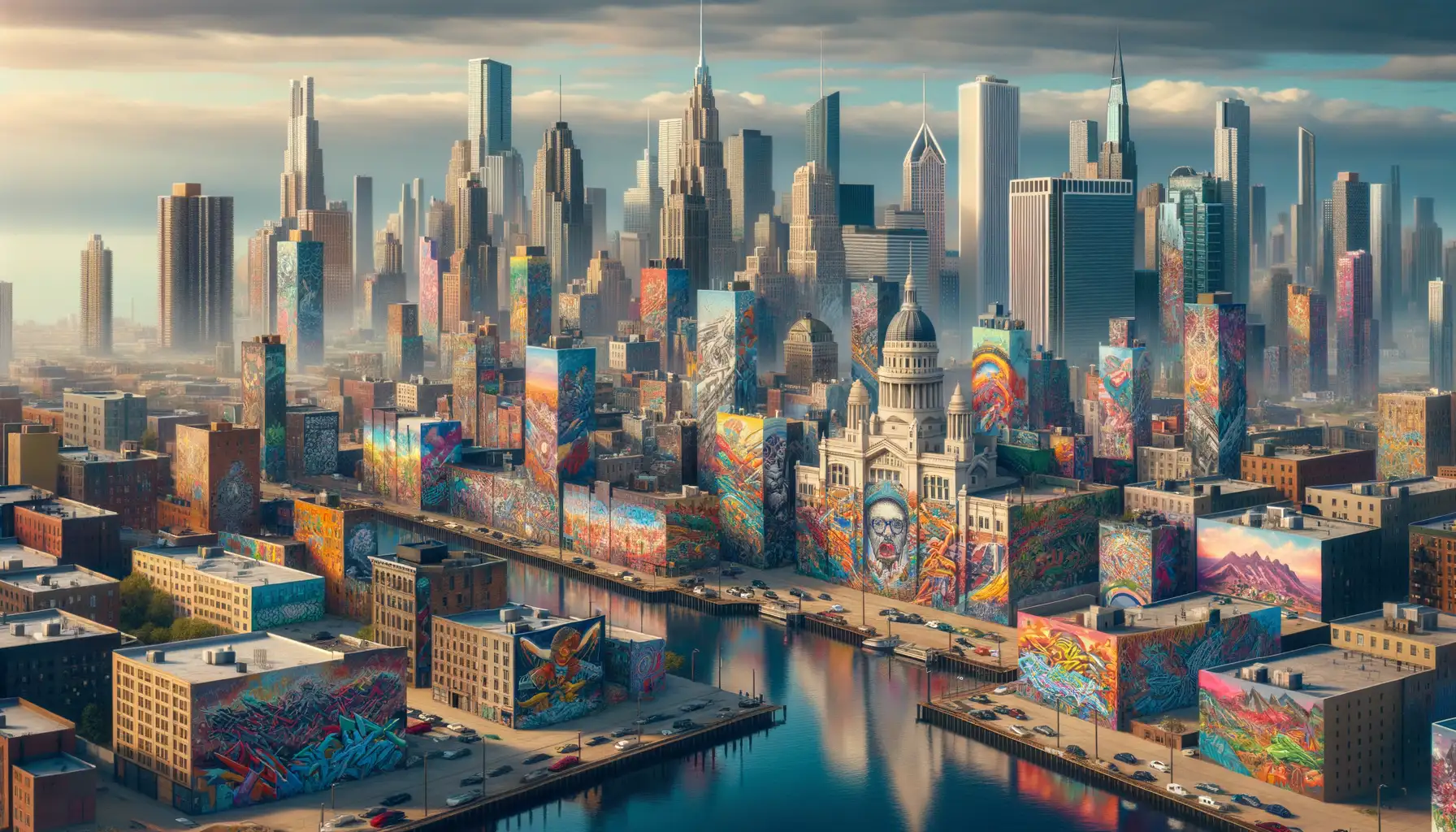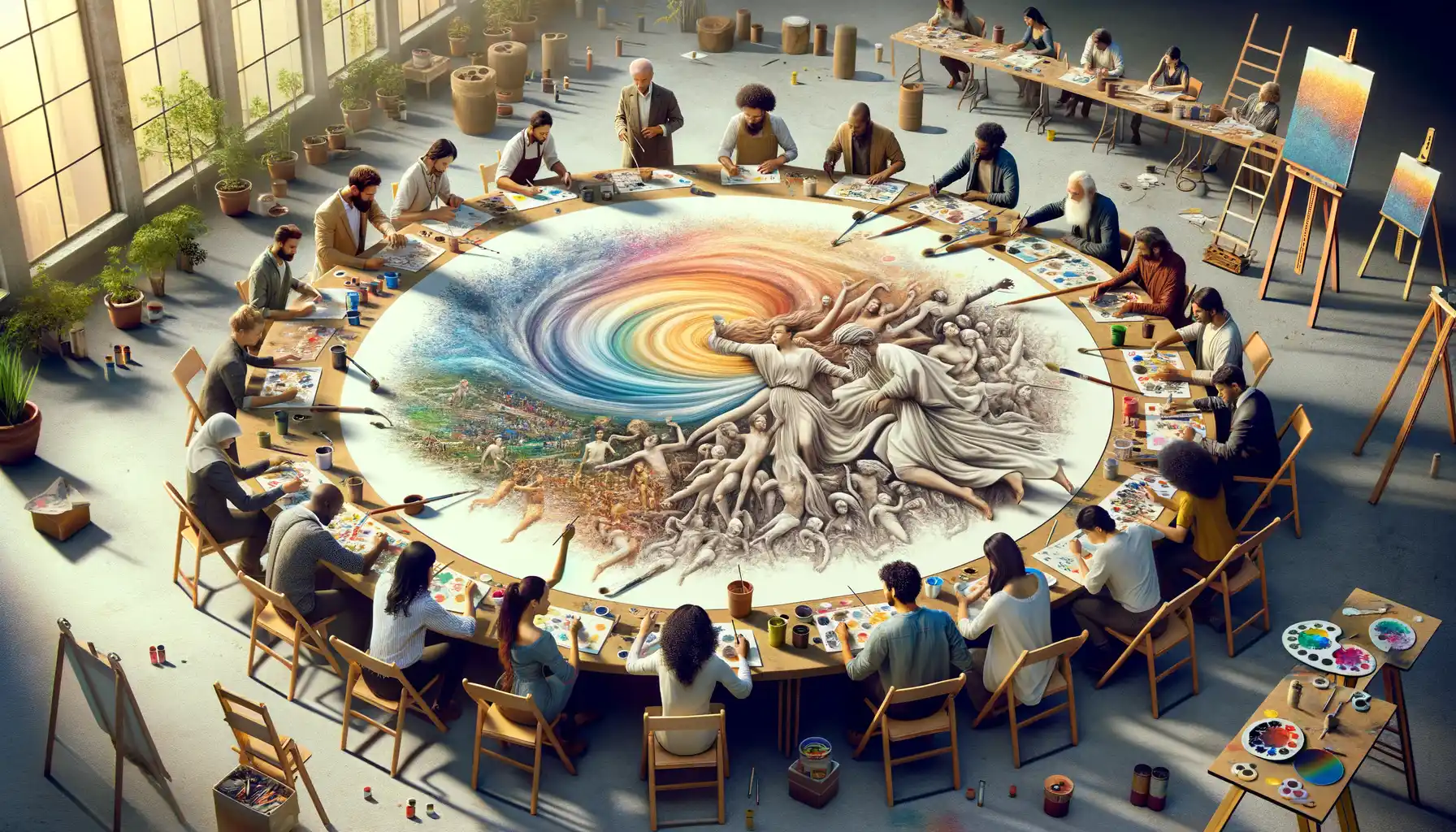Understanding the Intersection of Culture and Urban Art
Where Culture Breathes Life into the Streets
Urban art isn’t just paint on a brick wall or a poignant sculpture tucked into a street corner. It’s the pulse of diverse cultures, echoing their individuality through colors, textures, and styles. When you think of a mural in a bustling city square, it’s not just *art*—it’s a conversation between the artist and the world around them.
Take, for instance, the vibrant street murals in Mexico City. They brim with pre-Hispanic symbols mixed with modern struggles, stitching history and raw emotion together. Or Barcelona’s graffiti alleys, where Catalonian pride dances alongside rebellious political statements. Urban art becomes cultural shorthand, a way to say: “This is who we are, where we’ve been, and where we’re going.”
How Cultures Shape the Canvas of the City
Different cultures bring distinct flavors to urban art. Here’s how:
- Tradition meets innovation: In Japan, ancient calligraphy inspires sleek, minimalistic street designs that whisper rather than shout.
- Identity in the open: Cape Town’s murals celebrate South African heritage, with bold nods to tribal patterns and resistance movements.
- Migrations matter: Cities like London or New York bubble with immigrant influences—from African textiles to Latin American folklore woven into public spaces.
The result? A kaleidoscope that turns cityscapes into dynamic galleries, forever reshaping themselves as cultures collide and intertwine. This isn’t just art—it’s life painted large.
Globalization’s Role in Shaping Artistic Narratives

The Symphony of Cultures in Art
Art is, at its core, a storyteller. And in this era of globalization, the stories it tells have become richly layered, like a tapestry woven from threads of countless cultures. Picture an artist in Berlin spray-painting a mural inspired by African tribal patterns, Japanese calligraphy, and New York’s graffiti rebellion. That’s the magic of today’s globalized world—a creative collision that knows no borders.
Globalization doesn’t just blend styles; it reshapes narratives. It’s not uncommon to spot urban art exploring themes like migration, identity, or climate change, serving as a visual dialogue across continents. Suddenly, a single artwork becomes a bridge between the streets of São Paulo, the alleyways of Mumbai, and the rooftops of Johannesburg.
- Street art festivals bring together creators from every corner of the globe, sharing techniques, experiences, and even political views.
- Platforms like Instagram amplify this exchange, creating digital galleries where ideas travel faster than ever before.
Globalization, you see, is not just about mixing paints—it’s about mixing perspectives. Every piece of urban art now carries whispers of the world, a shared humanity etched on city walls. Doesn’t that give you goosebumps?
Prominent Cities Leading the Global Urban Art Scene

A Tapestry of Urban Creativity: Cities That Redefine Art
Ever walked down a street and felt like the walls were whispering stories? Some cities do just that—turn their streets into galleries, their alleys into stages. These urban art hubs aren’t just places; they’re living, breathing canvases.
Take Berlin, for example. It’s not just graffiti; it’s rebellion sprayed with purpose. Along the East Side Gallery, murals roar with historical echoes, capturing the pulse of freedom after the fall of the Wall.
Then there’s São Paulo, where every corner seems drenched in color. Its sprawling murals are like love letters to resistance and community. Have you seen the works of Kobra? His kaleidoscopic portraits transform an ordinary wall into an explosion of emotion.
And don’t forget Melbourne, where Hosier Lane feels like stepping into the mind of countless artists at once. Stencils, wheatpaste posters, and vibrant splashes compete for your attention in a beautifully chaotic visual symphony.
- London: From Banksy’s shadowy satire to Shoreditch’s ever-changing pop art vibe, creativity oozes from its bricks.
- Mumbai: A city where slums carry murals that uplift and unite, proving art belongs to everyone.
Each of these cities tells a story—not just through commissioned work but in the spontaneous strokes of midnight artists yearning to be heard.
The Impact of Technology and Social Media on Urban Art

How Screens and Streets Collide
Technology has transformed urban art into something bigger, louder, and more interconnected than ever before. Once confined to brick walls and back alleys, **urban art** now thrives on screens across the globe. Platforms like Instagram and TikTok have given street artists tools for instant visibility, flipping the script on how art reaches its audience. A single mural in a hidden Berlin courtyard can go viral overnight, gathering thousands of likes and shares—and suddenly, that quiet alley becomes a must-visit destination.
Think about it: the hashtags, the geotags, the reels of spray cans hissing in action—they’re all part of the storytelling now. Social media isn’t just promoting artwork; it’s making the process a spectacle as compelling as the final creation.
- Digital projection mapping: Artists are now throwing their designs onto skyscrapers, lighting up cityscapes with futuristic vibes.
- Interactive public installations: Thanks to AR (augmented reality), viewers can unlock hidden layers of graffiti through their phones.
Beyond the visuals, online spaces are cracking open new conversations. Artists from São Paulo, Cape Town, and Tokyo are exchanging DM ideas, collapsing borders while amplifying their local identities. The fusion? A hyper-global, hyper-local masterpiece, all painted with pixels.
Fostering Collaboration in a Global Artistic Landscape

Cultural Synergy: When Artists Unite Across Borders
Urban art thrives where diverse voices converge, and today’s global stage is a canvas ripe for connection. Picture this: a mural in Berlin infused with the rhythmic pulse of Rio’s samba, or a street installation in Tokyo echoing Cape Town’s vibrant textures. These aren’t just artworks—they’re conversations that transcend geography and language.
Collaboration is the heartbeat of innovation, and artists are finding ingenious ways to bridge cultural divides. How? Sometimes it begins with an online spark—a shared post on Instagram, a virtual workshop, or even a DM saying, “Your work inspires me.” From there, magic unfolds:
- Residency programs that invite creatives to immerse themselves in unfamiliar cultures.
- Pop-up exhibitions curated by teams from multiple continents.
- Co-created murals, blending styles like calligraphy with graffiti or folk patterns with abstract shapes.
The Role of Shared Spaces and Global Platforms
In every bustling hub, from Mexico City to Melbourne, shared spaces are incubators for artistic exchange. Think community walls where artists from all walks of life paint side by side or collectives like Pow! Wow! that host festivals uniting creative minds from around the planet.
Technology amplifies this spirit. Social platforms and apps are modern-day meeting grounds. An artist in Lagos can spot a stencil technique from Lisbon today and reimagine it in their next project tomorrow. It’s not mimicry—it’s evolution, fueled by collaboration.
So often, it’s these unexpected partnerships that birth the most impactful pieces. When boundaries dissolve, art becomes a shared language, one rich with accents yet universally understood.
